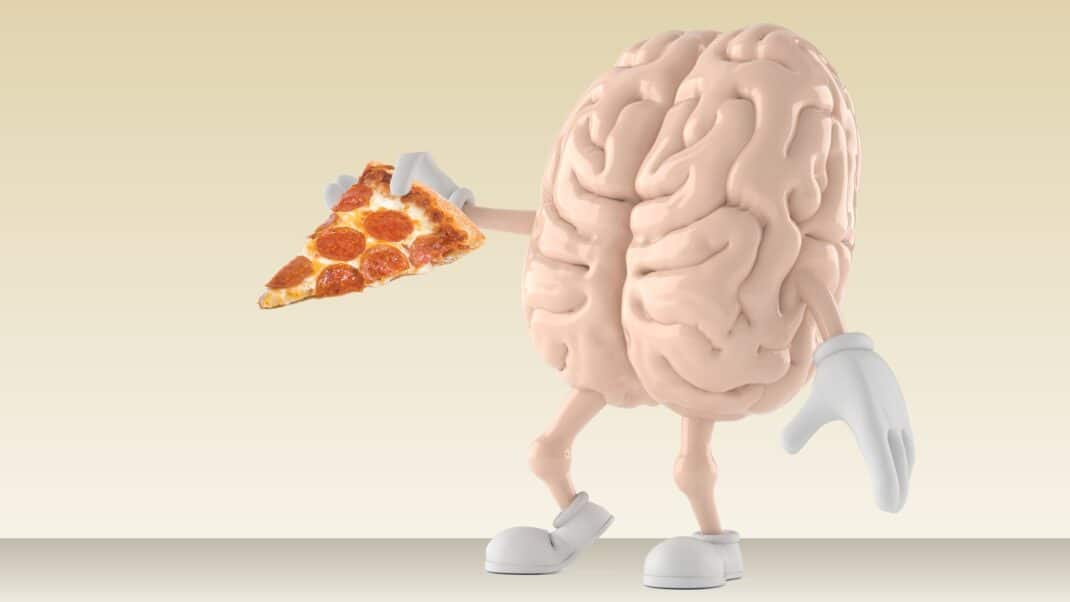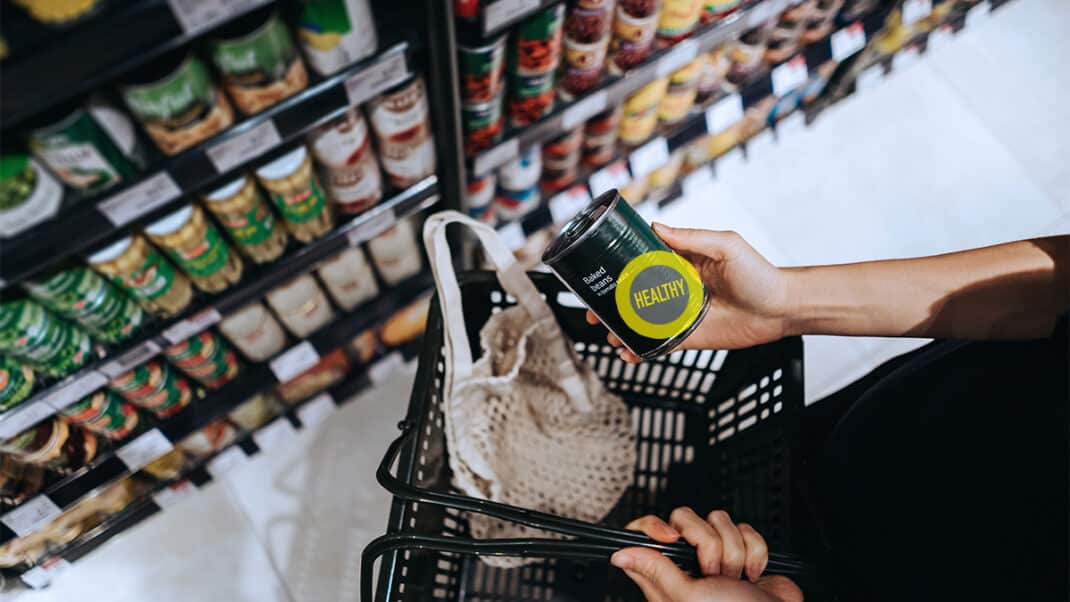Ask the RD: If I Eat Less Meat, Am I Missing Out on Iron?
Here's how you can avoid iron deficiency on a plant-based diet.

Question
I am eating less red meat and more plant-based meals. Am I missing out on iron?
Answer
Red meat is a great source of iron, zinc and other trace minerals. So are other animal foods, including poultry and seafood. Iron is an essential mineral that is part of hemoglobin in blood and myoglobin in muscle, the proteins that transport oxygen through the body.
Heme iron, a form found only in animal foods, is more bioavailable, or more readily absorbed, than the nonheme form found in plant foods, such as legumes, nuts, grains and vegetables. The phytate in legumes, whole grains and some other compounds found in plants seems to inhibit iron absorption (NIH 2019). Because of the differences in bioavailability, the Recommended Dietary Allowance for iron is 1.8 times higher for vegetarians than for nonvegetarians. The RDA for nonvegetarian adults is 8 milligrams per day for men and women 51 years and older and 18 mg per day for women 19-50 years of age (NIH 2019). The RDA for younger women is higher because of blood loss (and therefore iron loss) through menstruation.
Most people in the U.S. get enough iron in their diets, but some groups are at higher risk for iron-deficiency anemia, especially young women, infants and children. It is interesting that nonheme iron absorption is actually greater in people with iron deficiency (AND 2016).
There are ways to maximize your plant-based, nonheme iron absorption:
- Even a little bit of meat, poultry or seafood increases absorption of iron from plant foods (NIH 2019). If you are not vegetarian, add a small amount of meat, poultry or fish to vegetable stir-fries, main-dish salads or grain bowls.
- Vitamin C increases iron bioavailability, so top beans and rice with vitamin C-rich pico degallo or tomatillo salsa. Other sources of vitamin C include citrus fruit, berries, bell peppers and otatoes.
- Citric acid, found in fruits, also increases bioavailability. Try snacking on blueberries or oranges along with your almonds or cashews.
References
AND (Academy of Nutrition and Dietetics). 2016. Position of the Academy of Nutrition and Dietetics: Vegetarian diets. Journal of the Academy of Nutrition and Dietetics, 116, 1970–80.
NIH (National Institutes of Health). 2019. Iron: Fact sheet for health professionals. Accessed May 10, 2019: ods.od.nih.gov/factsheets/Iron-HealthProfessional/#en15.
Sanna Delmonico, MS, RDS, CHES
"Sanna Delmonico, MS, RDN, CHE, is an associate professor at the Culinary Institute of America where she teaches food safety and nutrition. She previously led programming for the CIA Healthy Kids Collaborative and the CIA-Harvard Healthy Kitchens, Healthy Lives Continuing Medical Education Conference. Prior to joining the CIA, she was an instructor at Santa Rosa Junior College where she co-coordinated the dietetic technician program. Sanna develops delicious, seasonal recipes and writes about food and nutrition for publications, including IDEA Fitness Journal. She lives in Napa, California, and is a home winemaker."




